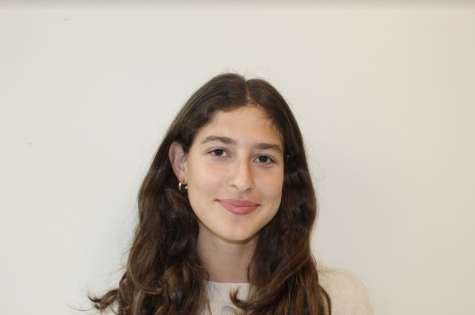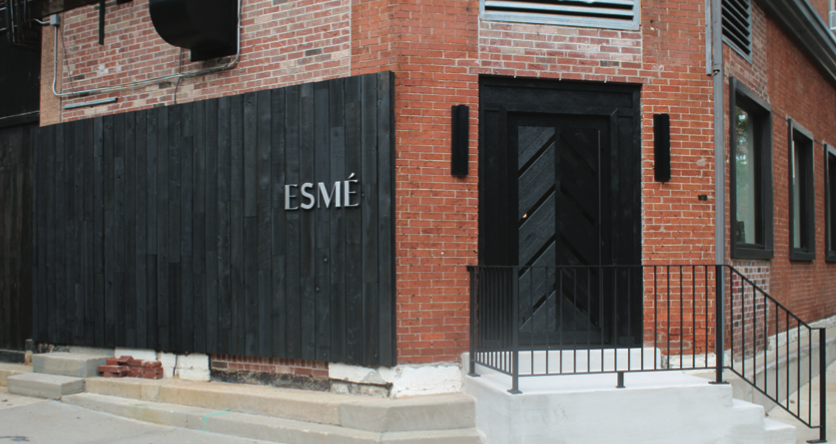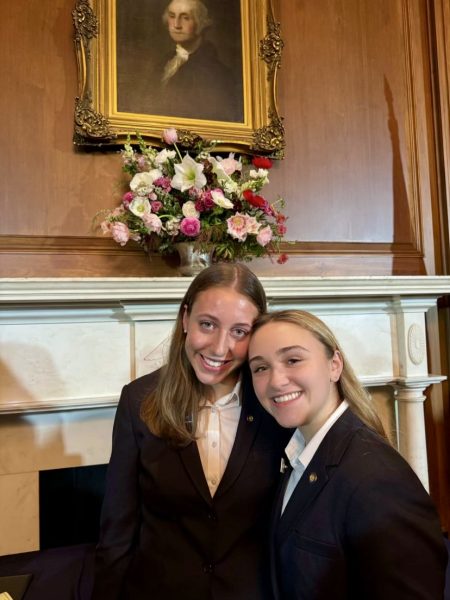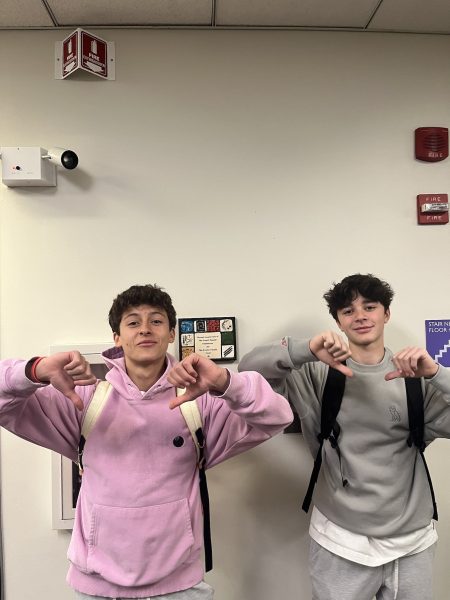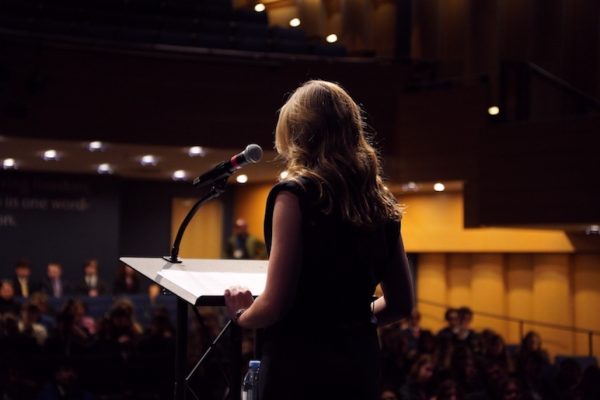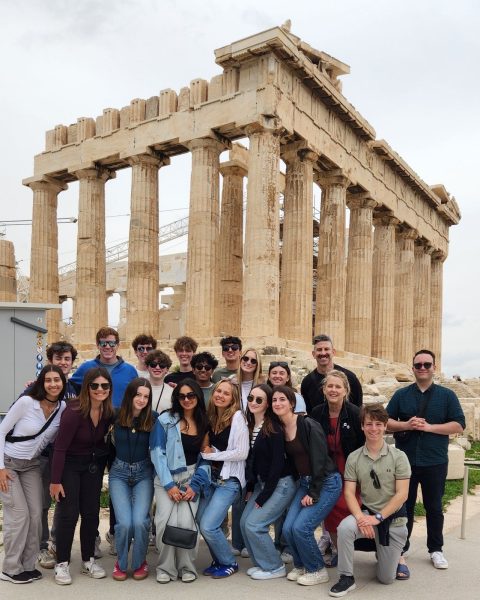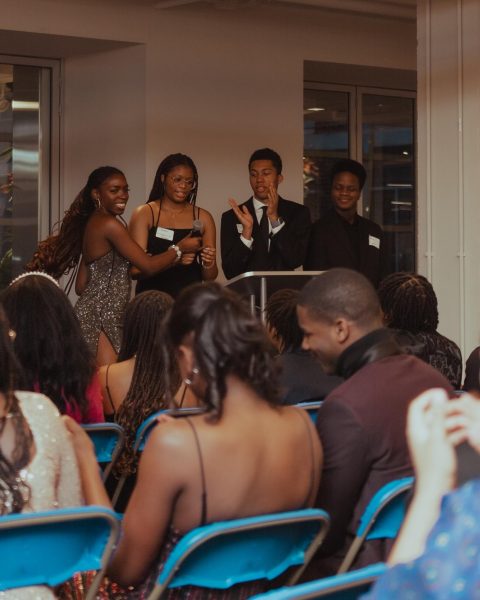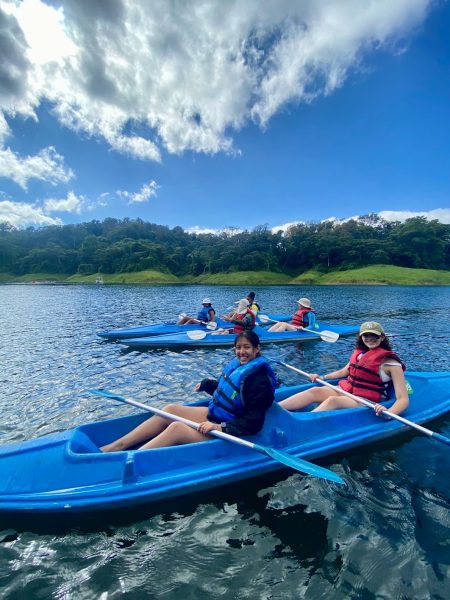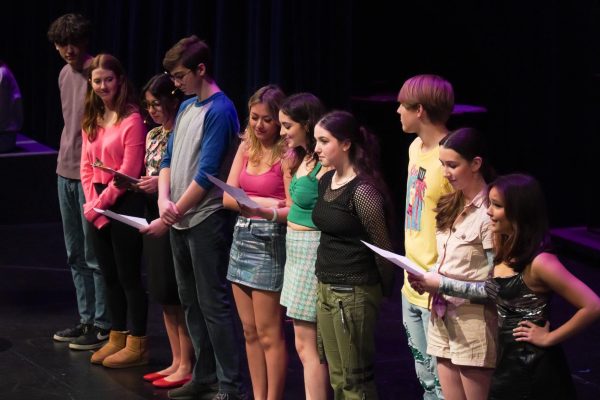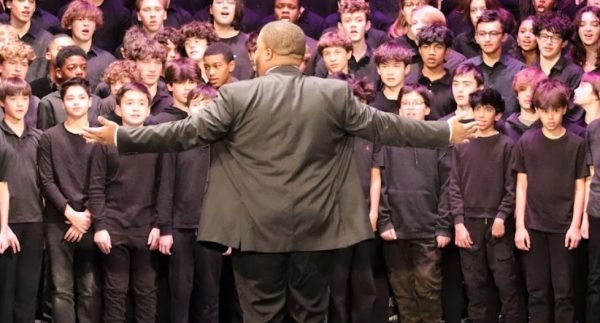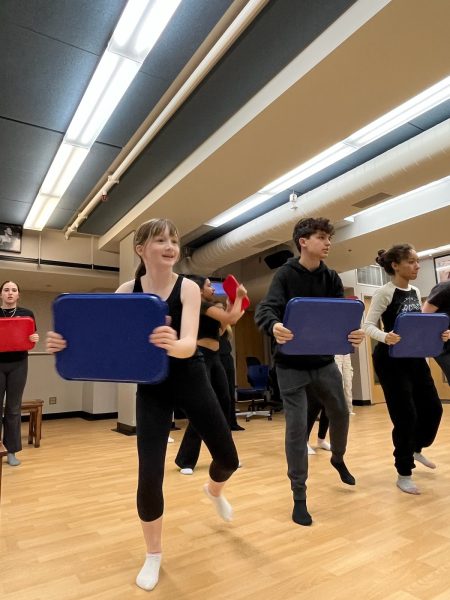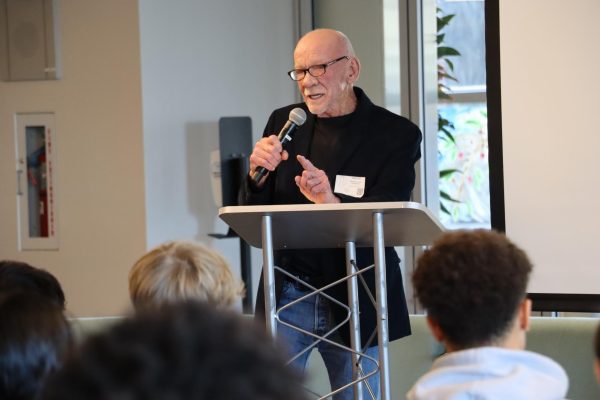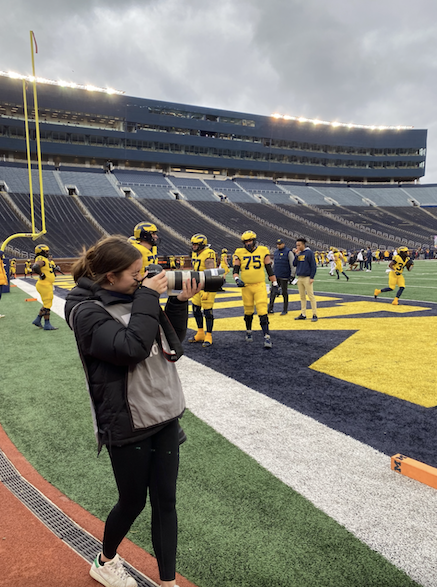New Year, New Menu
Restaurant Esmé’s New Menu
Photo credit: Caroline Skok
Esmé letters pop against wood on the corner Webster and Grant Place
A new year brings many different endeavors, and for Esmé, a new restaurant across the street from Parker, a new year brings a new menu.
Chef Jenner Tomaska and his wife Katrina Bravo focused on curating their restaurant, Esmé, to reflect a “fine-dining model with philanthropy and art integrated into the foundation of the experience, an expression of their shared vision for the community-focused restaurant” as mentioned in the mission statement on the restaurant’s website.
Esmé incorporates art in a variety of ways, whether that be through art on the walls, the plates, or the food itself. The restaurant is carefully curated and has “been designed for the space for a specific reason,” Tomaska said.
The pair rotates their display and continues to make connections with local artists in order to bring a community element to their restaurant.
Tomaska highlights how the pandemic has impacted the restaurant’s mission statement. “Our mission has always been to help the community and highlight others and create a space for people to come and feel supported,” Tomaska said. “And I don’t think that has changed because of COVID. But I think it’s obviously made it a little more difficult to achieve that in a restaurant business model. But that being said, I think it’s even more impactful that we’re actually trying to do this given the circumstances, the climate of the world right now.”
Tomaska described the overall process of having a restaurant that focuses on local artistry and how that plays a role in the restaurant’s greater framework. “That’s always been the initial find, find the next artist that does need that support and build these relationships to point the finger in the next direction,” Tomaska said.
The plates at Esmé are designed by local ceramists, including David T. Kim. “What we did was, we broke down every portion of the menu, and including a plate specifically for each dish for [Tomaska’s] opening menu,” Kim said. “We both have different visions and we try to find a meeting point…we would use our skills to elevate each other’s craft.”
Kim also explained the creative process of collaborating with a chef or restaurant. “People reach out to me, and when they have no specific design or model they want to use for the restaurant, I would create that for them,” Kim said. He mentioned that by building off of each other’s work he and the chefs can come up with an idea for a certain design. “And so I always try to make it work with different chefs to make their dishes shine,” Kim said.
Menu items require dinnerware ranging from bowls to plates to spoons, and each dish is carefully crafted to make sure that the customer’s experience of the actual dinnerware matches the dish. The collaboration process between a ceramist and a chef is vital.
Kim also highlighted the different kinds of clay that are used for the different objects being made. For example, He works with porcelain, red stoneware, and whitestone. Each has their own unique qualities that add to the design of the object. The porcelain is “white, glossy, a very traditional gray or gray body,” Kim said.
Different types of dinnerware require different shapes, heights, colors, designs, and materials, and the process differs between each creation.
Kim reflected about his experience working with Tomaska and his team. “It was awesome. It’s nice that the restaurant, the chef, and the workers all appreciate the artistry of the objects that are getting made. It’s nice that there’s a mutual respect and appreciation for food and how food interacts with a plate and then the plate interacts with the customer,” Kim said. “The whole restaurant had a really creative mind and approach to creating dinnerware.”
Junior Kapil Chaudhari went to Esmé and shared his experience. “I liked how the food was unique and in between each dish there was something different not just by taste but by look.”
Tomaska explained how the restaurant recently started an artists collaboration dinner series. “Our first artist collaboration dinner series just started actually. It’s in our first and second week. It’s with Paul Octavious. He’s a local artist, photographer, and videographer,” Tomaska said. It is Octavious’s first time working with a gallery like Esmé. Octavious’ previous work has differed from what the collaboration with Esmé will look like in the coming weeks: a dinner series including a painting in the restaurant itself. “We’ve collectively come up with this menu that coincides with it. I think there’s about 15 different pieces that we’re featuring that are highlighted on the menu,” Tomaska said.
The art inside the restaurant also regularly changes. “We’ve literally brought in new plateware and silverware and service that’s inspired by his work that was made specifically for this four month period. And we’re just mapping out the next year,” Tomaska said. “We hope to do this three times a year and then run a traditional Esmé menu besides that. But the goal is always to have this rotating gallery basis.”
Each menu is supposed to connect with the artist that is currently collaborating with Esmé, and a portion of that period’s profit goes to a charitable donation selected in collaboration with the artist, as described by Tomaska.
“We can use Esmé as a platform for others,” Tomaska said.
